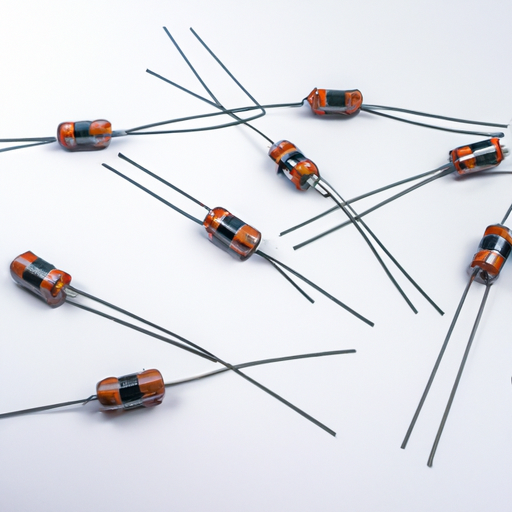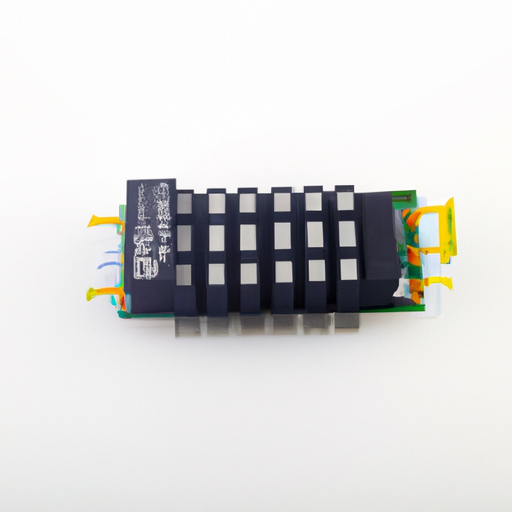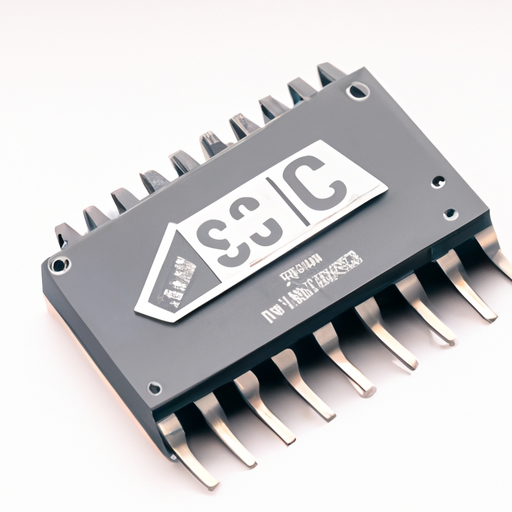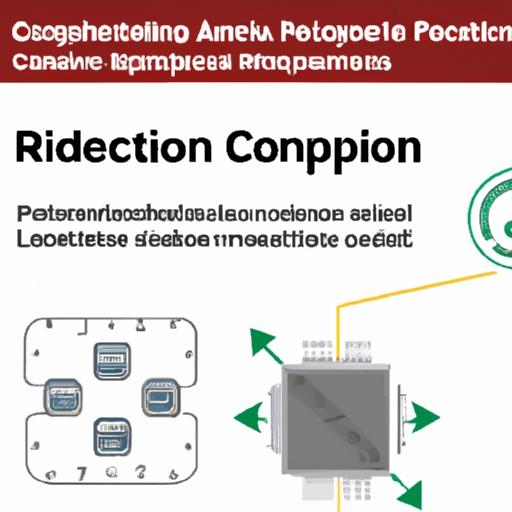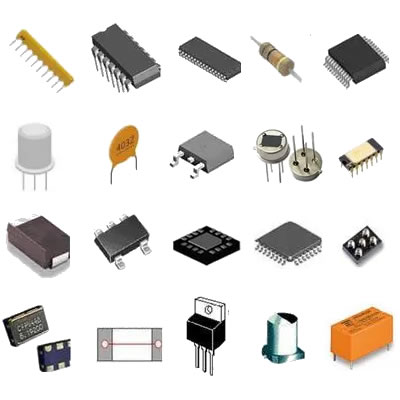What are the advantages of programmable resistor products?
What are the Advantages of Programmable Resistor Products?
I. Introduction
In the ever-evolving landscape of electronics, the demand for precision, flexibility, and efficiency has led to the development of innovative components that can adapt to various applications. One such component is the programmable resistor. These devices allow engineers and designers to dynamically adjust resistance values, making them invaluable in a wide range of industries, from consumer electronics to automotive systems. This article aims to explore the advantages of programmable resistor products, shedding light on their functionality, applications, and the future of this technology.
II. Understanding Programmable Resistors
A. Explanation of How Programmable Resistors Work
Programmable resistors are electronic components that can change their resistance values based on digital input. They operate on the basic principles of resistance and electrical circuits, where the resistance can be manipulated to control current flow. The programmability aspect is achieved through digital control mechanisms, often integrated with software that allows users to set specific resistance values remotely.
B. Types of Programmable Resistors
1. **Digital Potentiometers**: These are the most common type of programmable resistors, allowing for precise adjustments of resistance through digital signals. They are widely used in applications requiring volume control, tuning, and calibration.
2. **Electronic Variable Resistors**: These resistors can change their resistance continuously, providing a smooth transition between values. They are often used in applications where fine-tuning is essential.
3. **Other Advanced Programmable Resistor Technologies**: Innovations in materials and design have led to the development of more sophisticated programmable resistors, including those that can be integrated with IoT devices and smart technologies.
III. Key Advantages of Programmable Resistor Products
A. Flexibility and Versatility
One of the most significant advantages of programmable resistors is their flexibility. Unlike traditional resistors, which have fixed values, programmable resistors can adjust their resistance dynamically. This feature is particularly beneficial in applications across various fields, such as automotive systems that require adaptive control, telecommunications that need signal processing, and consumer electronics that demand user-friendly interfaces.
B. Precision and Accuracy
Programmable resistors offer high-resolution control over resistance values, which translates to improved accuracy in electronic circuits. This precision reduces tolerance errors, ensuring that devices operate within their specified parameters. For instance, in audio equipment, precise resistance adjustments can enhance sound quality by minimizing distortion and optimizing signal integrity.
C. Space and Cost Efficiency
In modern electronic design, space is often at a premium. Programmable resistors can significantly reduce the number of components needed in a circuit, leading to more compact designs. This space efficiency not only allows for smaller circuit boards but also contributes to cost savings in manufacturing. By integrating multiple functions into a single component, designers can streamline production processes and reduce overall costs.
D. Enhanced Performance
Programmable resistors can improve the overall performance of electronic systems. They help maintain signal integrity by reducing noise and interference, which is crucial in high-frequency applications. Additionally, these resistors can manage thermal performance more effectively, leading to increased reliability and longevity of electronic devices.
E. Ease of Integration
Programmable resistors are designed to be compatible with microcontrollers and digital systems, making them easy to integrate into existing designs. This compatibility simplifies the design process, allowing engineers to implement programmable resistors without extensive modifications to their systems. As a result, the time-to-market for new products can be significantly reduced, giving companies a competitive edge.
IV. Applications of Programmable Resistors
A. Consumer Electronics
In the realm of consumer electronics, programmable resistors are used in various applications, including audio equipment and smart devices. For example, they enable precise volume control in audio systems, allowing users to adjust sound levels seamlessly. In smart devices, programmable resistors can facilitate adaptive features that enhance user experience.
B. Automotive Industry
The automotive industry has embraced programmable resistors for their ability to support adaptive control systems and sensor applications. These resistors can adjust parameters in real-time, improving vehicle performance and safety. For instance, they can be used in traction control systems to optimize power distribution based on road conditions.
C. Telecommunications
In telecommunications, programmable resistors play a crucial role in signal processing and network equipment. They help manage signal levels and ensure optimal performance in communication systems, which is essential for maintaining high-quality connections in an increasingly connected world.
D. Industrial Automation
Programmable resistors are also making waves in industrial automation, particularly in robotics and process control systems. They enable precise control over various parameters, enhancing the efficiency and accuracy of automated processes. This capability is vital in industries where precision is paramount, such as manufacturing and assembly lines.
V. Challenges and Considerations
A. Limitations of Programmable Resistors
Despite their numerous advantages, programmable resistors do have limitations. One of the primary concerns is cost; programmable resistors can be more expensive than traditional resistors, which may deter some manufacturers from adopting them. Additionally, the complexity of design and programming can pose challenges for engineers who are not familiar with digital control systems.
B. Reliability and Longevity
Reliability is another consideration when using programmable resistors. While they offer many benefits, potential issues with wear and tear can arise, particularly in applications where they are subjected to frequent adjustments. Environmental factors, such as temperature and humidity, can also affect their performance, necessitating careful consideration during the design phase.
VI. Future Trends in Programmable Resistor Technology
As technology continues to advance, the future of programmable resistors looks promising. Innovations in materials and design are expected to enhance their performance and reliability. Furthermore, the integration of programmable resistors with IoT and smart technologies will open new avenues for applications, allowing for more intelligent and adaptive systems.
The potential for increased automation and AI applications also presents exciting opportunities for programmable resistors. As industries move towards more automated processes, the demand for components that can adapt in real-time will only grow, positioning programmable resistors as a key player in the future of electronics.
VII. Conclusion
In summary, programmable resistor products offer a multitude of advantages that make them indispensable in modern electronic design. Their flexibility, precision, space efficiency, enhanced performance, and ease of integration position them as a vital component across various industries. As technology continues to evolve, the importance of programmable resistors will only increase, paving the way for innovative applications and improved electronic systems. Embracing this technology will be crucial for companies looking to stay competitive in an ever-changing market.
VIII. References
1. Academic papers and articles on programmable resistors.
2. Industry reports and market analysis.
3. Manufacturer specifications and product datasheets.
---
This blog post provides a comprehensive overview of the advantages of programmable resistor products, highlighting their functionality, applications, and future trends. By understanding these benefits, engineers and designers can make informed decisions about incorporating programmable resistors into their projects, ultimately leading to more efficient and innovative electronic systems.

